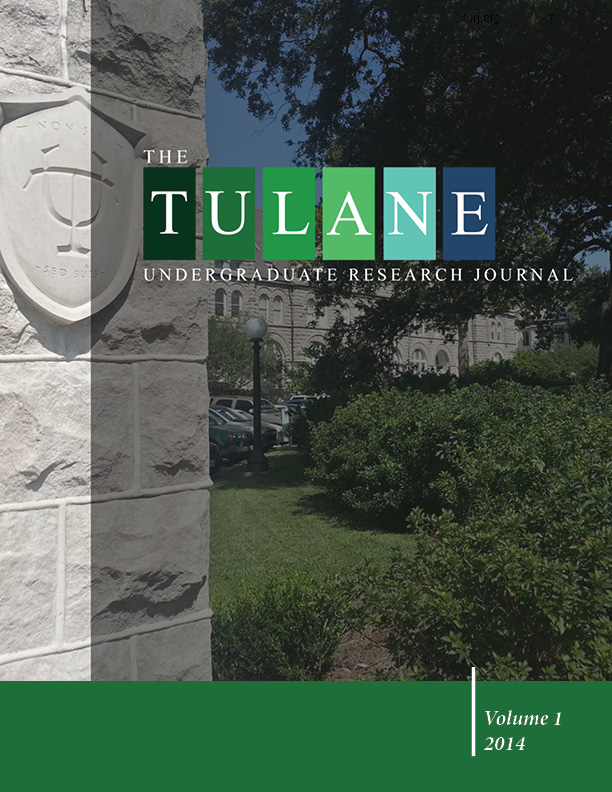Generation of Intersectin Homolog Cin1 Isoform-Specific Mutants in Pathogenic Fungus Cryptococcus neoformans
Keywords:
mutants, mutations, isoform-specific, pathogens, fungus, cryptococcus neoformansAbstract
Cryptococcus neoformans is an opportunistic fungal pathogen that causesmeningoencephalitis in immunocompromised individuals such as those undergoing solid organtransplant, receiving immunosuppressive therapy, or those with HIV/AIDS. This fungus exhibitsthe propensity for the human central nervous system, thus studies of this neurotropism are animportant component of addressing the fungal virulence mechanism. In a previous study, wefound that C. neoformans contains Cin1, a homolog of human intersectin ITSN1, and that one ofthe two isoforms, Cin1-S, exhibits a survival advantage in the brain of experimental animals. Totest the hypothesis that Cin1 may play a role in fungal neurotropism, mutant strains expressingthe Cin1-L isoform are needed. The present study is to create a Cin1-L mutant allele linked toantibiotic resistance and transform the wild type strain to generate Cin1-L mutants expressingonly Cin1-L. This newly generated strain will be evaluated in experimental animals, eitherindividually or in combination with the Cin1-S or the wild type strains. A partial CIN1-L mutantallele linked to neomycin resistance was obtained and the majority of the 52 genetictransformants contain the recombinant gene contracts and the loss of the wild type CIN1 gene.Efforts are underway to verify that these transformants contain specific mutants that express onlythe long isoform of Cin1 (Cin1-L).Downloads
Downloads
Additional Files
Published
Issue
Section
License
Tulane Undergraduate Research Journal is an open-access journal, so articles will be released under a Creative Commons Attribution-Noncommercial-NoDerivs CC-BY-NC-ND 3.0 Unported license, allowing the free dissemination of the work for noncommercial purposes. Authors retain copyright to the work and grant the journal right of first publication with the work simultaneously licensed under the Creative CommonsAttribution-NonCommercial-NoDerivs 3.0 Unported (CC BY-NC-ND 3.0) [see http://creativecommons.org/licenses/by-nc-nd/3.0/legalcode]; authors further grant the journal a waiver of clause 4(b) [restriction against commercial advantage or private monetary compensation]. If the journal rejects the work, the journal simultaneously waives the granted right of first publication.



